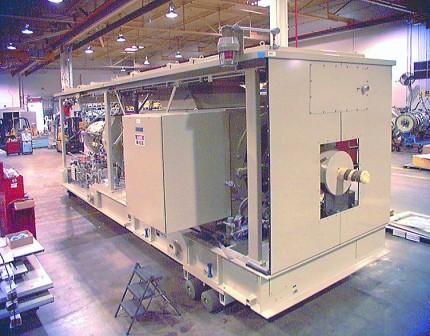The customer of the project is OGK-5. The construction is carried out under turn-key contract by Iberdrola (Spain). The general constructor for the project is Engineering Center of UES. Combined cycle power plant will be constructed on the base of MS9001FA gas turbine power plant nominally rated at 256 MW manufactured and delivered by GE Energy Heavy Duty.
Gas turbine and electric generator were delivered to the site on specially equipped bay.
The delivery of power equipment was organized by STS/RLS Logistics Company, unloading and installing on the foundation – by Back and Pollitzer SPb.


 Under the contract
Under the contract 